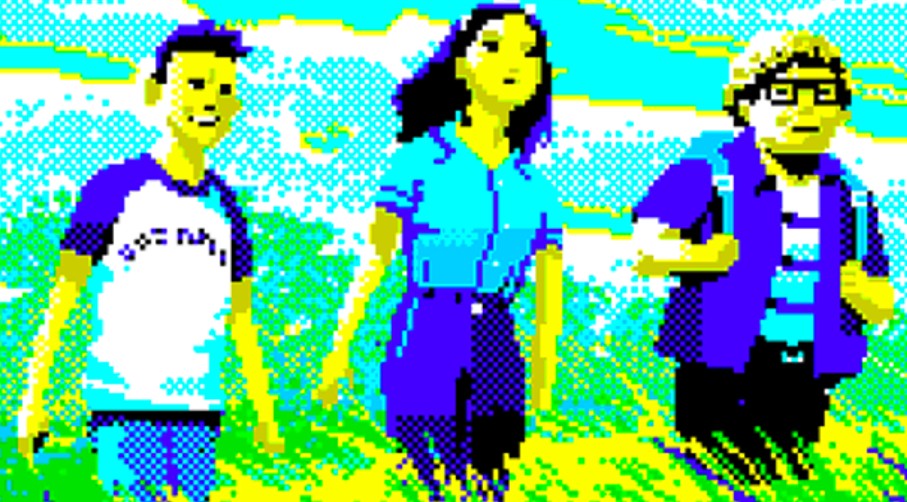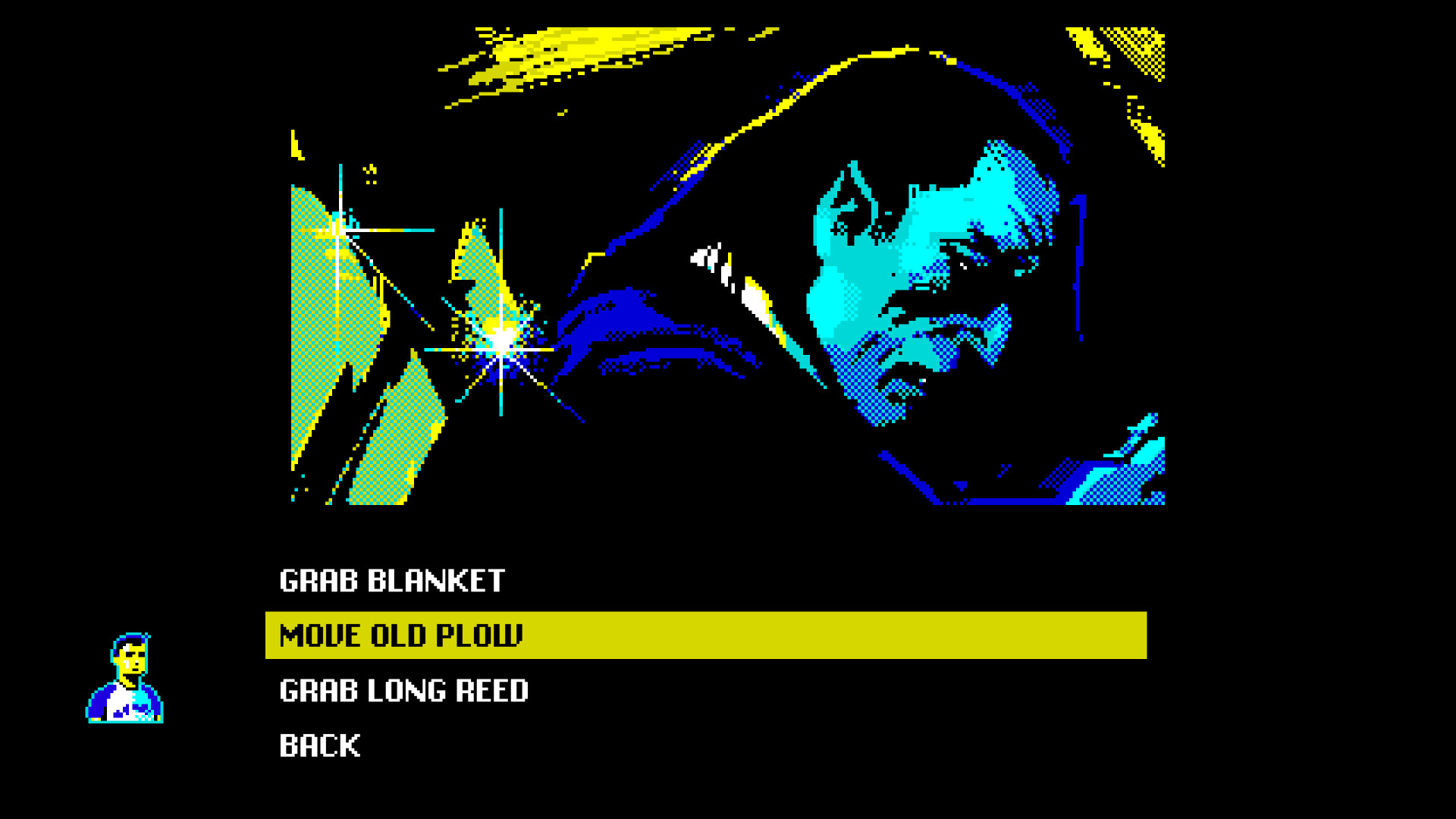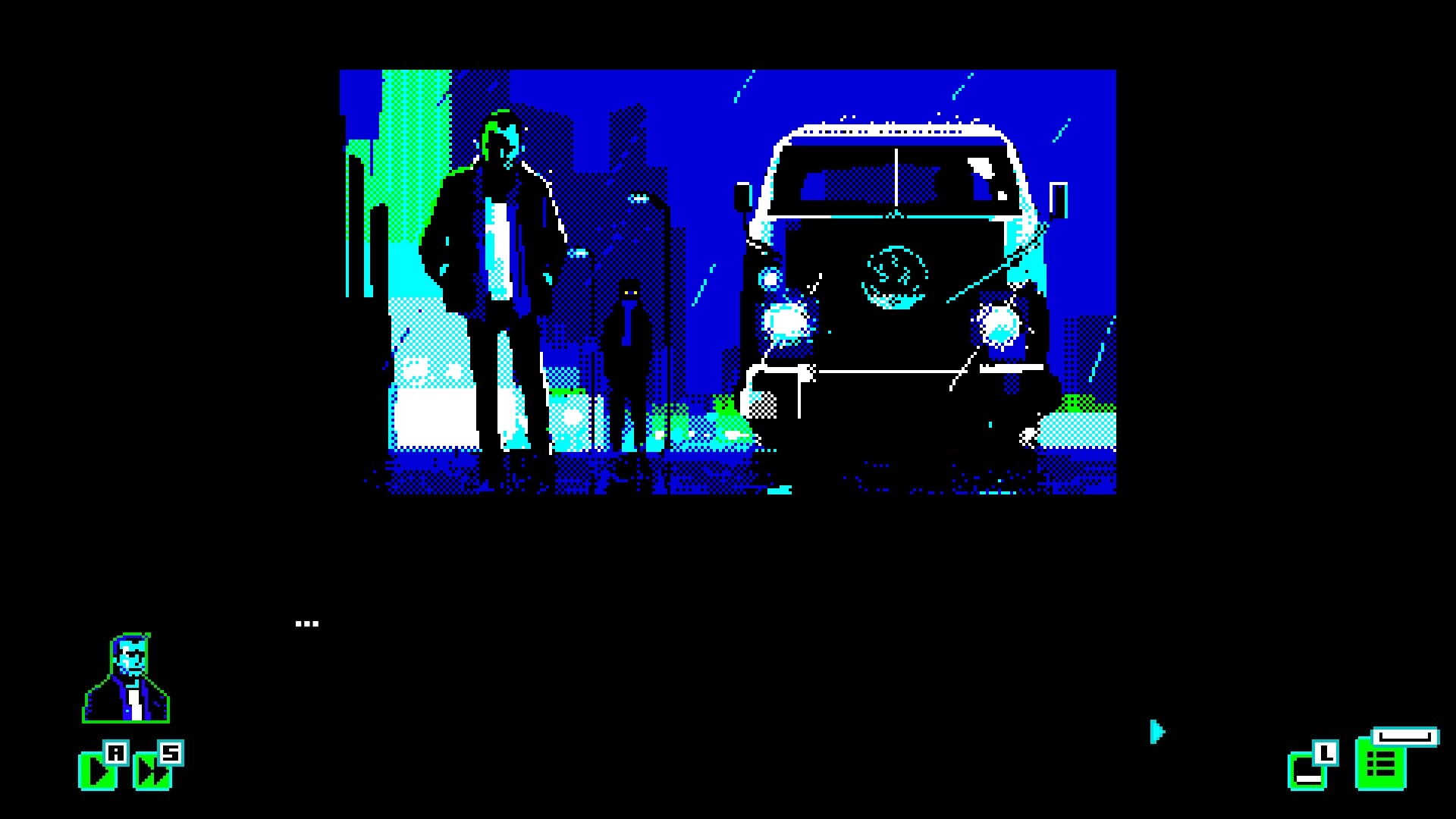Varney Lake PS5 Review. LCB Game Studios brings us a second helping of its Pixel Pulps series of retro-inspired adventure games. Read on to find out if this tale of three kids and a vampire has some teeth in PlayStation Universe’s PS5 review of Varney Lake.
Varney Lake Review (PS5) – A Vibrant Vampire Summer Adventure
When LCB Studio announced the second of its Pixel Pulps series was a vampire story, I was very intrigued. I enjoy a good vampire tale, but that wasn’t the only reason. The developer’s handling of B-movie sci-fi horror ideals in its debut effort Mothmen: 1966 showed confidence and identity whilst lovingly cribbing from some classical sources and mythology. If that could be applied to a game with a vampire in it? Well, it’d have to be even better, right?
Personal tastes aside, I truly believe Varney Lake is a better game than the pretty damn good Mothmen: 1966. It shares a lot of the same D.N.A. of course, but the story is personally more interesting here.
Varney Lake sees three kids in 1954 spending their Summer together when circumstances lead them to an event that will change their lives forever. Jimmy, Doug, and Christine spend their time inventing card games (that just like the previous game, are a playable part of the game) to raise the money needed to buy their town’s dilapidated drive-in.
Jimmy and Doug are best friends, and Justine is Doug’s cousin who is from out of town. Young Jimmy not-so-secretly pines for Christine. She only visits in the Summertime and has a boyfriend back home. But maybe, just maybe, Christine is a little sweet on Jimmy too. It’s the idyllic hazy childhood hangout adventure that shaped much of my love for Stephen King’s IT, and the similarities don’t quite end there.
The kids stumble upon a broken-down building in the middle of nowhere. There they discover that a vampire is trapped. After helping this vampire by blocking out the sunlight, he offers them information as a reward, but that’s just the start of this story.
Dangerous Childhood
The action flits between 1954 and 1981, with adult versions of characters reunited to recollect the stories of their childhood that involved a chance meeting with a vampire. A paranormal investigator (the returning Lou Hill from Mothmen) wants the truth of that Summer, but will anyone be willing to reveal it?
As with Mothmen, the story is split into chapters and told from different character perspectives. Author Nico Saraintaris once again pens the story and brings pulp storytelling to the visual novel genre. It’s hard to really explain exactly what having an author with Saraintaris’ love and understanding for pulp novels does to Varney Lake’s story credentials. But there’s a reason I’ve got giddy about both Mothmen and Varney Lake. Nico’s writing is a huge part of that.
The interactive aspect of Varney Lake beyond the story and narrative choices is very simplistic, but effective because it feels in keeping with the 80s home computer graphics utilized by artist Fernando Martinez Ruppel. Ruppel’s art is the other cornerstone of the Pixel Pulp games. It evokes a simpler time in gaming whilst holding onto a distinguished flair.
The greatest compliment you can pay these games is that they honestly feel like unearthed relics of a bygone age. Yet they still have just enough modern touches to mask the false nostalgia effect they bring. The limited color pallet works to Varney Lake’s advantage, with great understanding from Ruppel on how to best utilize it for dramatic effect. There are some genuinely excellent shots in Varney Lake that capture the mood beautifully.
Lost Boys and Girls
But back to how the game plays. LCB’s aim is to make these Pixel Pulps accessible to as many people as possible. So the puzzles and minigames that inhabit them tend to be on the simple side. This could be a bit of an issue for those wanting some challenge in there. I find it helps the excellent writing flow so much better. Especially knowing there’s not going to be a huge stumbling block along the way. The most interesting part outside the story is probably Doug’s version of Solitaire that Jimmy tests. I had a teensy eye roll moment at LCB having a card-based minigame for the second game running. Yet it’s integrated into the story nicely and actually quite fun to play so it gets a pass from me.
There’s confidence clearly gained from developing another game within the same parameters as its last. This trilogy of titles (to be rounded out by Bahnsen Knights) act as an interesting experiment. They create the biggest possible impact from the simplest set of tools. Varney Lake is the next step from Mothmen: 1966 but connected to it on a deep level. A level of ideas and ideals. Simple as the game may be to play, LCB’s strengths come from having an author and an artist lead the overall vision for a small team. The end result is something that draws from familiar sources, but just wouldn’t have the same impact if it was made in any other medium.


